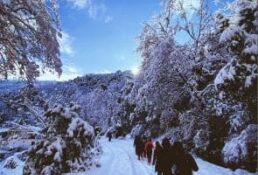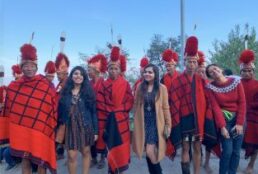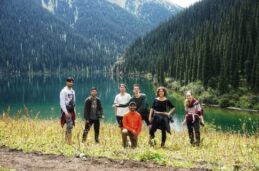PACKING CHECKLIST FOR HIGH ALTITUDE TREK
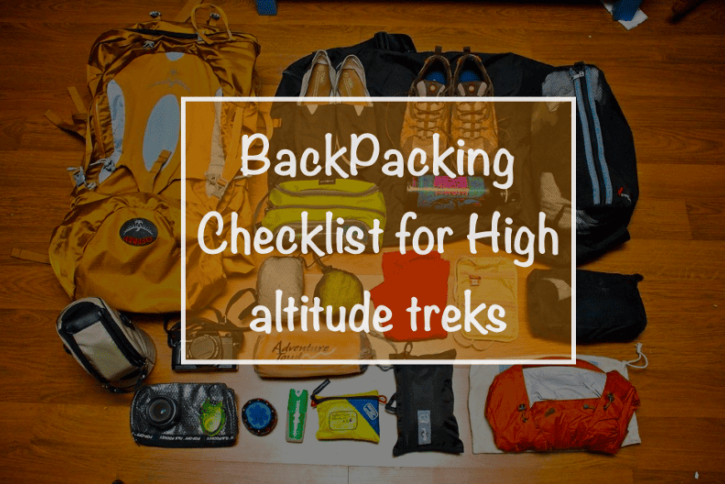
So you have decided to do a High altitude trek and you have started training for it . Unless you are a Wim Hoff student or Wim hoff himself , you will have to get enough apparels to protect you from the elements out there .
I have listed the essentials in this article from bottom to top .
This is a recommended list of items you carry if you are trekking with me or with a group . The essentials will vary vastly if you are trekking independently without a support team. You can download the checklist here before you start packing : Checklist to download
Trekking shoe

You might be crossing slush ground , small streams, boulders and snow . A hiking boot with high ankle support will give you that extra confidence to traverse through all these terrains .
The soles of hiking boots are made to deal with sharp surfaces and sometimes even thorns .
Recommended -Decathlon, Colombia , Brands not available in india ( need to customs duty and takes longer to get delivered )
Socks
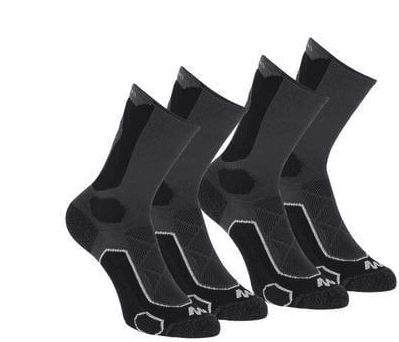
Socks (4 Cotton + 1 Woolen ): Buy technical socks for hiking, which absorb sweat and keep you warm.
Keep one pair of clean night socks that you wear inside your tent. Your socks might start stinking after a long day’s trek, so you don’t want to take them inside your tent.
Floaters/Sandals:
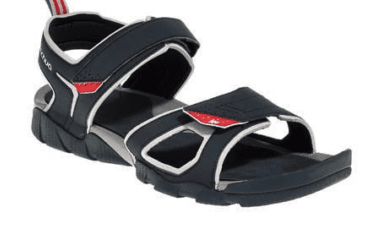
After a day long hike, Its always a good idea to supply some air to your feet .
If you have blisters or rashes , make use of the rest days to treat them .
Recommended — Any sandals with straps should do fine
2 pair of trekking pants:
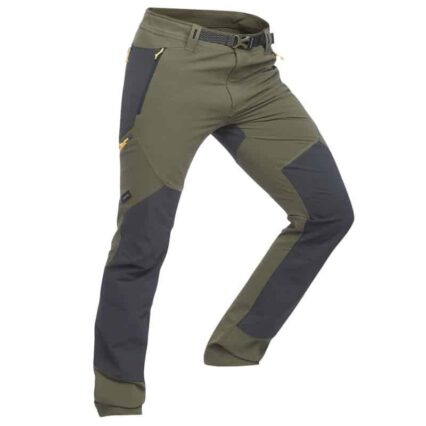
Loose dry fit pants with lots of pockets work very well as you can put tissues, chocolates etc in them and take them out easily when you’re hiking.
Overtrousers

You need these to wear on top of your pants when it starts raining or snowing.
Make sure you buy ones with side bottom zippers, so they can be easily worn without removing your shoes.
Trekking poles:

Some people like to hike with 1 and some with 2. Try walking with both options to see what you’re more comfortable with.
This is not at all mandatory and its a personal choice. Its a good habit to use one if you are a long time hiker.
Hiking Jacket:
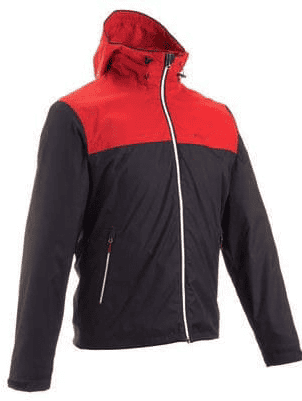
This is the jacket you are going to wear most of the days .
Make sure its very durable and has pockets for the items you would carry on your day hikes .
Down Jacket:
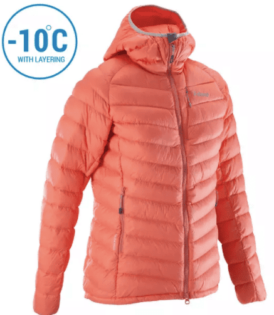
If you are going to experience sub zero temperature in your trek , It is advisable to have a Down jacket. It helps to trap the body heat within the padding.
Rain jacket/Poncho:
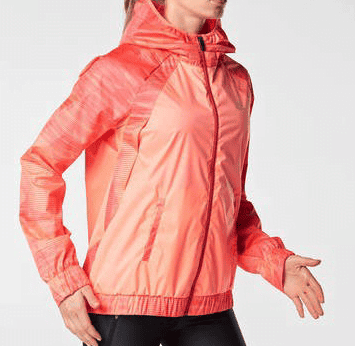
If you are buying a rain jacket or a poncho , consider buying a bottom as well with it .
If you are trekking in monsoon prone months, Make this a priority see to it that your rain pants are able to cover your entire boot from outside , else you will be unknowingly directing all the water from your pants inside your waterproof shoes. ( A mistake in cold areas ) .
Monsoons doesn’t discriminate with gender , so buy rain gear which is available in the store and hit the path.
3 full sleeves dry fit t-shirts:
Layering is the key to dressing in the mountains. Dry fit fabric helps absorb the sweat, keeping your clothes light and giving you movement as you hike.
Fleece
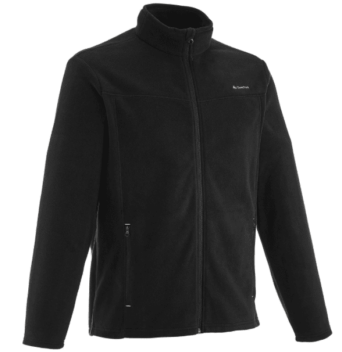
You could wear a fleece without a trekking jacket when it’s not so cold or wear it as one of the layers in the cold.
Base layer:
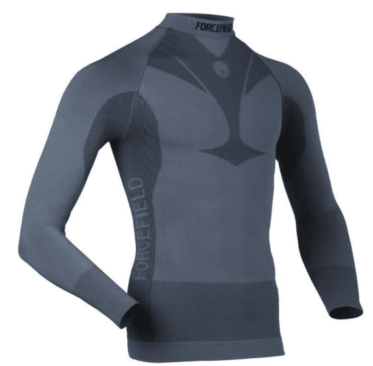
A base layer will stay closer to your body and traps heat between your skin and base layer.
It is usually the first layer which starts stinking on a multi day trek .If its more than a 4 day trek, It would be better to take two pair at least .
Backpack + Backpack cover:
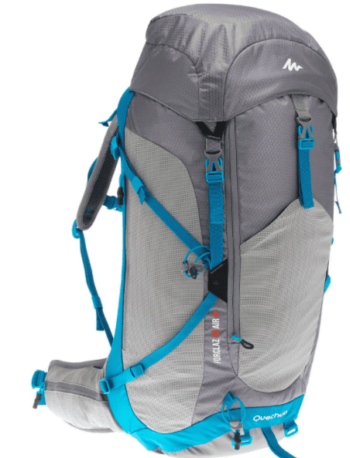
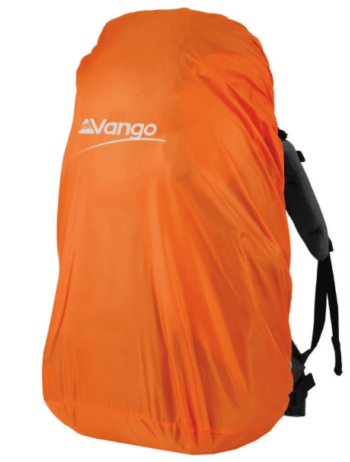
30–45 L is a good size to get. Look for back support rods. Do not get any backpack without these rods.
Daypack + Daypack cover:
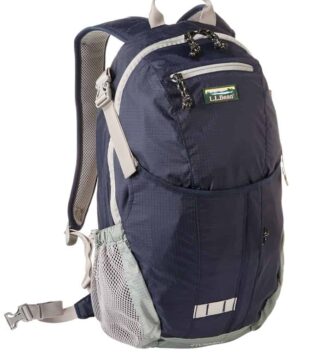
This is necessary only for those who are offloading their backpack to porters. In your daypack, you’d carry your water, snacks etc — Things you’d need while you’re hiking during the day.
Muffler/Scarf:
A muffler or a scarf will help you to cover any exposed body park , used a pillow in sleeping bag or even tie a splint .
Wool gloves:

A good wool gloves can make your camping experience much better , especially if you are going to wash your utensils in icey cold water .
A warm dry wool gloves would be great to come back to . You can buy it locally from your base camp villages or but it is always better to buy it from cities .
Snow gloves + liners:
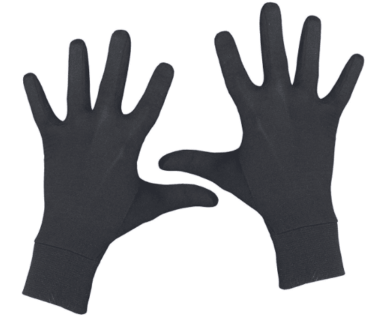
Snow gloves are necessary while hiking in winter/snow conditions. Liners help insulate the heat, so try to not skip them. Buy these if you are camping in snow for more than a day .
Woolen cap/ Beanie :
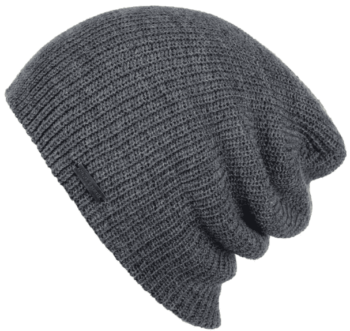
Keeping the head warm at all times is very important. Keep your ears exposed, but the rest of your head and neck should be covered at all times
Sun hat :
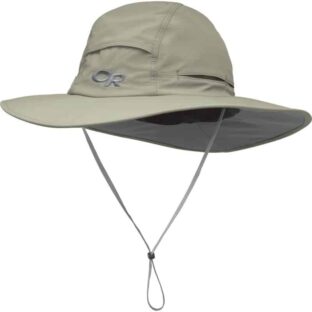
Walking all day in the sun without a hat is going to make you tan a lot and will may result in headache
Warmees
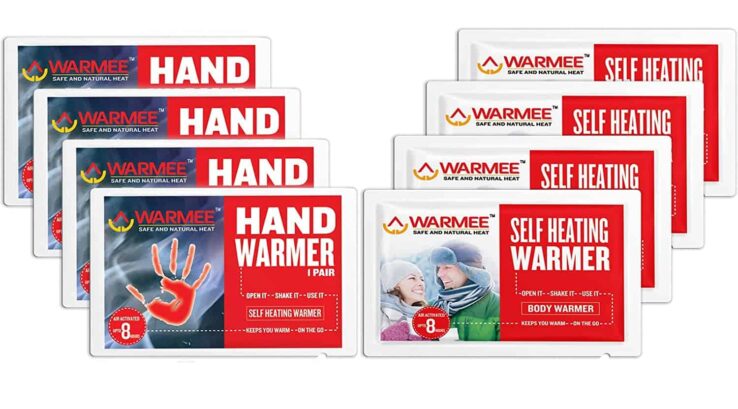
Air-activated hand warmers contain cellulose, iron, activated carbon, vermiculite (which holds water) and salt and produce heat from the exothermic oxidation of iron when exposed to air.
Sunglasses:
Very important to carry as you can get snow blindness if you don’t. The sun can be very strong in the mountains, so it’s important to protect your eyes from UV rays.
Light Towel:
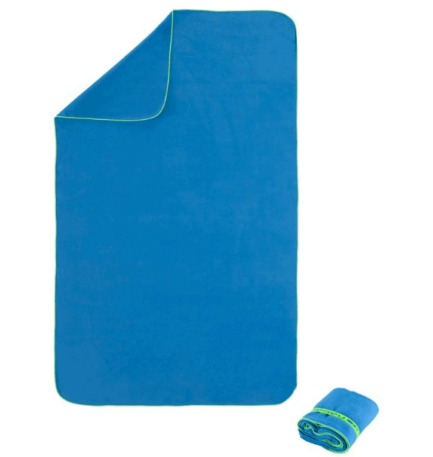
Get a small dry fit towel to wash your face, as you won’t be taking a shower during a trek.
2 Water Bottles:
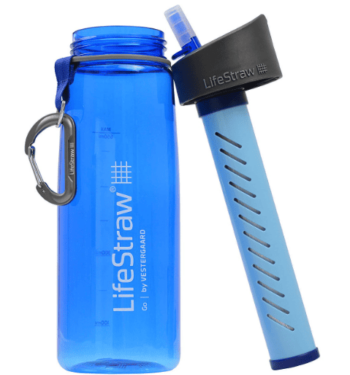
Preferably one in which water stays warm and one filtering bottle for clearing your water of impurities.
Soap:
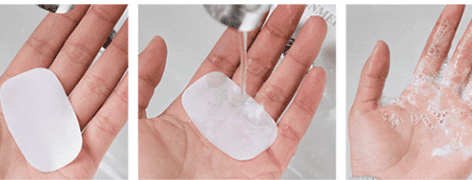
Headlamp:
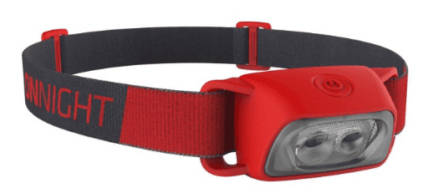
There is no light after sun sets and you rely on your headlamp for everything from eating your food to making a trip to the toilet in the night.
Hand Sanitizer:
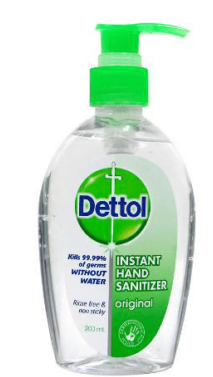
You would leave your camp after breakfast and arrive at the next camp by tea time in the evening, which means you’ll have your lunch during the day while hiking. This means you may not be able to wash your hands. So carrying a hand sanitiser in your daypack or pocket is a good idea.
Face Wipes:
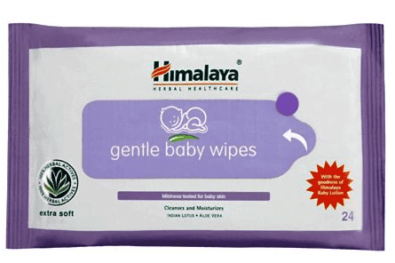
It’s very important to maintain hygiene since you wouldn’t be taking a shower during the hike. A good practice is to clean your entire body with baby wipes in the morning before you change clothes. Carry at least 2 packets.
Toilet paper
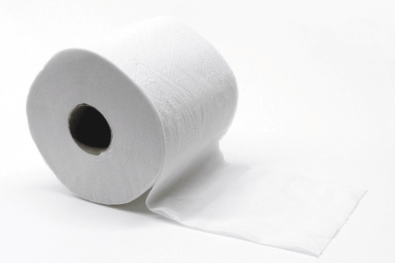
Running water might not be an option all the time in the mountains! Carry at least 2 rolls and a packet of wetwipes .
Lip balm

Playing Cards/Uno: For the days when you cant move out because of bad weather.Playing Cards & Uno
Sunscreen: You just can’t go to the mountains without a strong sunscreen with a minimum of 50+ SF, unless you want to come back home sunburnt !
Deodorant: Carry a travel size one for a light backpack.Recommendation for men & Recommendation for women27) Moisturizer: Carry a hydrating Moisturizer as your skin dries up quite a lot due to the cold conditions.
Shampoo sachets: After you’re back from the hike and before you get on the plane/train/bus back home, it’s a good idea to shower in the interest of your fellow passengers. Sachets occupy less space compared to a bottle and thus a better idea.
Toothpaste + Toothbrush: Carry all travel size toiletries
Food: Carry the following snacks to eat between meals, every couple of hours to maintain energy levels.(a) Nuts: Almonds, walnuts, peanuts in a ziplock bag. Recommendation(b) Energy Bars: Recommendation ( FYI : I like mars , if you are ever coming for a trek with me, Bring Mars 😀 )
Medicines kit : ( optional )
- 3M Micropore Medical Tape — Lightweight, breathable surgical tape for blisters and cuts.Antiseptic or alcohol wipes (3) — Cleaning wounds.
- Dressing/Gauze — Sterile non-stick absorbent; for larger wounds.
- Ibuprofen tablets (10–200 mg) — Anti-inflammatory and pain relief (Note: Be sure to list expiry dates and recommended doses for any medications that have been repackaged).
- Antihistamine tablets (3) — For bites and allergic reactions.
- Duct tape — Tiny roll. Handy for any and all repairs.
- Small utility tool — Which has knife, scissors and tweezers;
- Sewing needle — Use dental floss for thread.
- Safety pins (2)
- Tiny whistle — Check the sternum strap of your backpack; chances are you have one without knowing.
- Diamox aka Acetazodomide : A medicine taken to avoid high altitude sickness. You would need to start taking it a day before the trek and drink 4–5 Litres of water everyday . There are pros and cons of consuming it, so the recommendation is to do your research before deciding whether you want to take it or not.
Water filtration Tablets: If you’re uncomfortable drinking water from the naturals streams, you could carry water filtration tablets or water bottles which help filter the water. Recommendation . The reason some people might get a bad stomach is usually because of the rich mineral content in the water from the stream , which they aren't used to .
Personal medicines: Carry a small medical kit with you at all times with basic meds like bandaid, bandage, crocin and combiflam. If you take any specific medicines for a medical condition, definitely carry them as well with you. Make sure that this doesn't go in the offloaded backpack with porters or mules.
Note : Your trek leader will usually have an elaborate medical kit anyway . Check with him/ her before loading up all these in your backpack .
5 plastic bags/ zip lock : These are super useful for creating sections in your backpack and to separate dirty linen from fresh clothes.
Note to first time trekkers :
Don’t get overwhelmed by the huge list and don’t think that all of these equipments will be a waste of money after your first trek .
If you are trekking with me , I will make sure that you have the best experience in the outdoors and will venture out to outdoors again
.Talk to your trek leader before you buy all these , he/she might help you out to make the better choice of equipment for your trek.
Usually following facilities are provided by the most of the good outdoor Leaders out there .
If not , do demand it .
- 1 tent for 2–3 people
- 1 Sleeping bag / person
- 1 Sleeping mat / person
- Hot breakfast , Packed lunch and Dinner
- Clean water ( Not bottled )
- 2 Bottle hot water / day in the morning and evening to drink.
- Porters / mules to carry bags for an extra cost
- Medical equipments like- Oximeter , ThermometerFirst Aid kit and Medical Kit
- Walkie Talkie or VHF for Support team communication
- Trained trek leaders
- Daily health monitoring
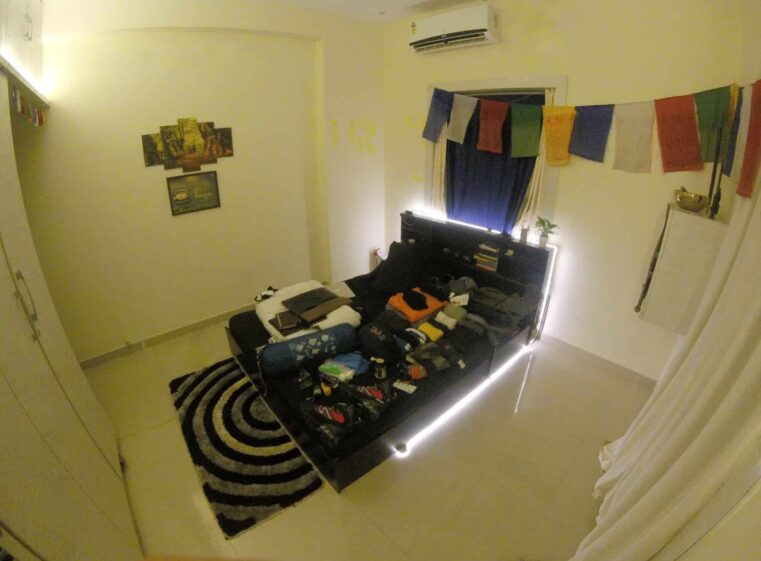
How safe is it , in regards to COVID-19 ?
Here is our 8 point checklist that we follow on all our trips :
- Our trippers will be asked to get -ve RTpcr certificate before they arrive.
- You will staying at a hotel where we are the only guests. its more like a guesthouse.
- Your tempo traveller will be sanitised before it reaches you.
- Your driver is also tested -ve RTpcr before our trip starts.
- We ask our trippers to keep themselves away from any crowded space 2 weeks before the trip.We ask our trippers to be careful of the restaurants and hotels that they might go before and after your trek
- .Anyone showing symptoms of COVID-19 (cough, cold, shortness of breath or fever ) are being asked to reschedule their trips/ treks.
- On treks, we are providing hygiene sleeping bags to everyone. You will be using this throughout the trek and only return on the last day
- Every tent will have only 2 people compared to 3 ( which is the usual number at pre-covid era )
Other trips that you may like
Made with ♥ in the mountains | © 2023

